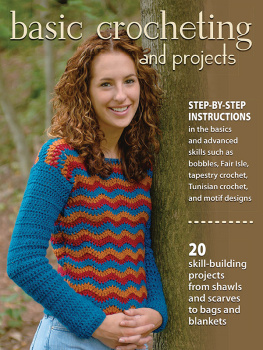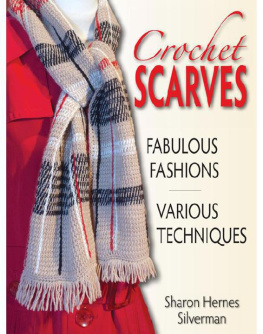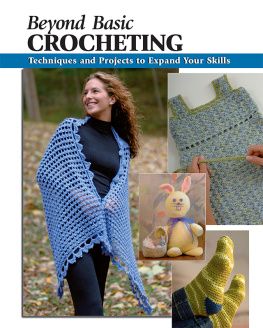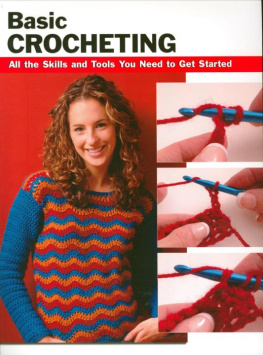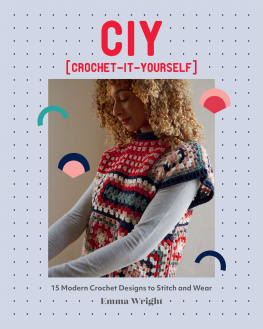
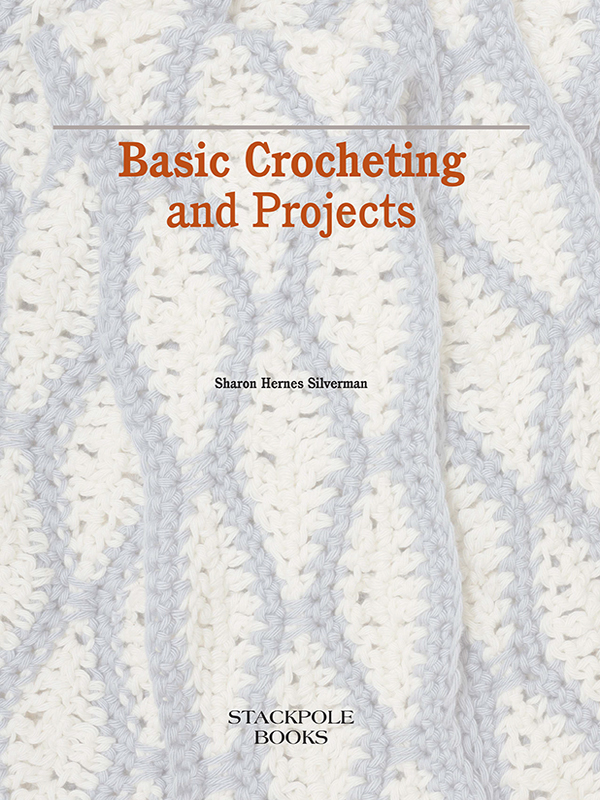
Copyright 2015 by Stackpole Books
Published by
STACKPOLE BOOKS
5067 Ritter Road
Mechanicsburg, PA 17055
www.stackpolebooks.com
All rights reserved, including the right to reproduce this book or portions thereof in any form or by any means, electronic or mechanical, including recording or by any information storage and retrieval system, without permission in writing from the publisher. All inquiries should be addressed to Stackpole Books, 5067 Ritter Road, Mechanicsburg, PA 17055.
The contents of this book are for personal use only. Patterns contained herein may be reproduced in limited quantities for such use. Any large-scale commercial reproduction is prohibited without the written consent of the publisher.
Printed in the United States of America
10 9 8 7 6 5 4 3 2 1
Photographs by Alan Wycheck, Tiffany Blackstone, and Sharon Silverman.
Illustrations by Marjorie Leggitt, Caroline Stover, David Bienkowski, and Rob Carboni.
Cover design by Tessa J. Sweigert
Fair Isle Fingerless Mitts pattern design Karen Whooley/KRW Knitwear Studio.
Rosalia Motif Shawl pattern design Robyn Chachula.
All other patterns Sharon Hernes Silverman. Patterns by Silverman were previously published on her website or in her books Basic Crocheting, Beyond Basic Crocheting, Tunisian Crochet, Crochet Scarves, or Tunisian Crochet for Baby.
Crochet Abbreviations Master List, Skill Levels for Crocheting, Standard Body Measurements/Sizing, and Standard Yarn Weight System charts used courtesy of the Craft Yarn Council of America (CYCA), www.yarnstandards.com.
Library of Congress Cataloging-in-Publication Data
Silverman, Sharon Hernes.
Basic crocheting and projects / Sharon Hernes Silverman.
pages cm
Includes index.
ISBN 978-0-8117-1616-1
1. Crocheting. 2. CrochetingPatterns. I. Title.
TT820.S52629 2015
746.43'4dc23
2015014937
eISBN 978-0-8117-6246-5
Contents
Introduction
C rocheting is easy to learn! Once you know a few basic stitches, everything else builds on that knowledge in a logical way, making it easy to start your first project and also fun to build your skills as you become more adventurous in your crocheting.
In Basic Crocheting and Projects, Ive followed this logical approach to learning crochet. In Part One, you will get an overview of yarn, hooks, and other tools used in crocheting, and then Ill walk you step by step with photos and illustrations through how to work the basic crochet stitches. In Part Two, youll build your knowledge with more advanced stitches and techniques such as working in the round, working front post and back post double crochet, Tunisian crochet, and working an edging. Then in Part Three you can use what youve learned to make twenty projects, including shawls, bags, scarves, blankets, pillows, and more.
Grab a hook and some yarn and start crocheting today!
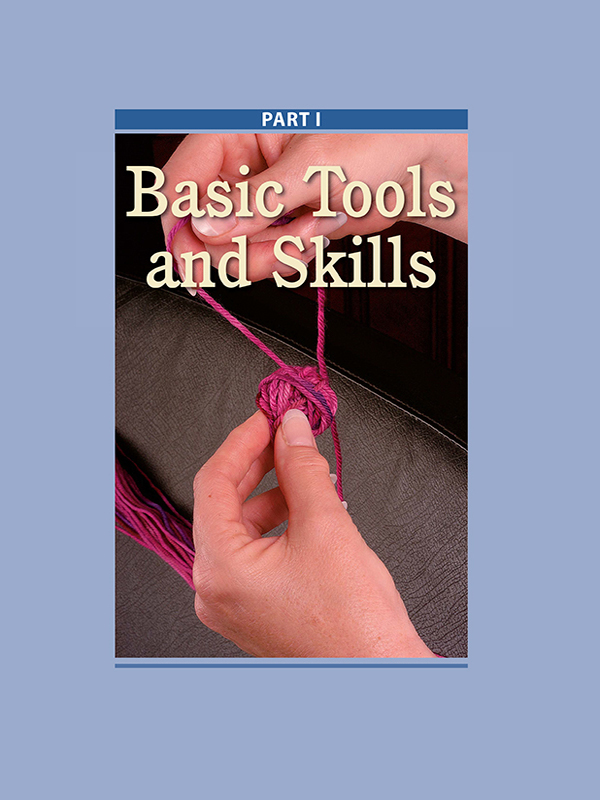

Yarn
Color
Yarn comes in a dazzling array of colors. Variegated yarns combine several hues in one skein, changing from one color to another along the yarn. A visit to your local yarn store or craft shop is sure to inspire you with its rainbow of colors.
Most yarn is dyed commercially in batches, or lots. The color can vary from one batch to another. To avoid color discrepancies, purchase all the yarn youll need to complete your project at once. Check the codes on the skeins labels to make sure the yarn is all the same color and is from the same dye lot.
It is easier to see the stitches with light-colored yarn than with darker colors.
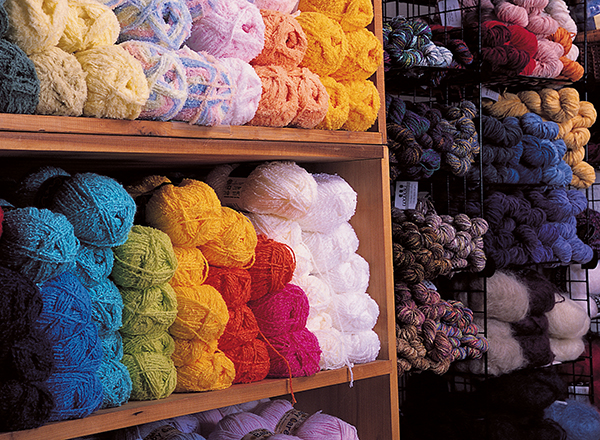
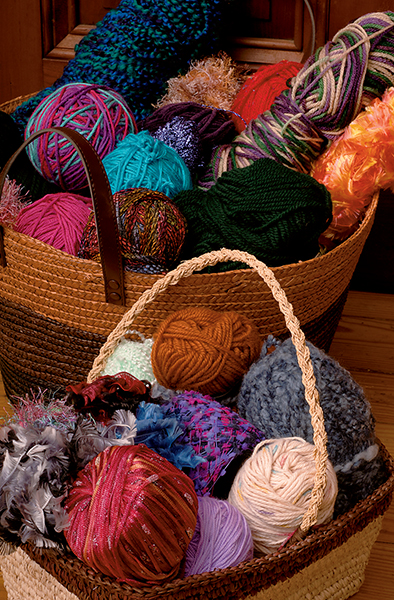
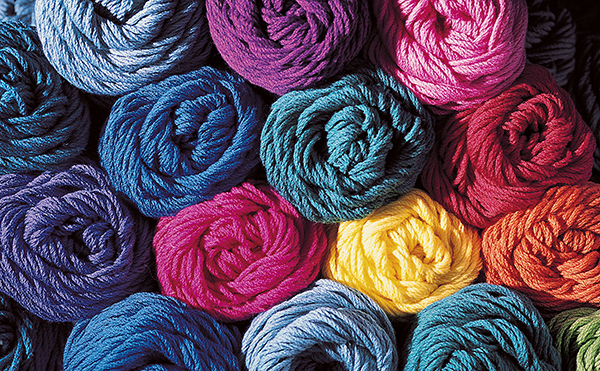
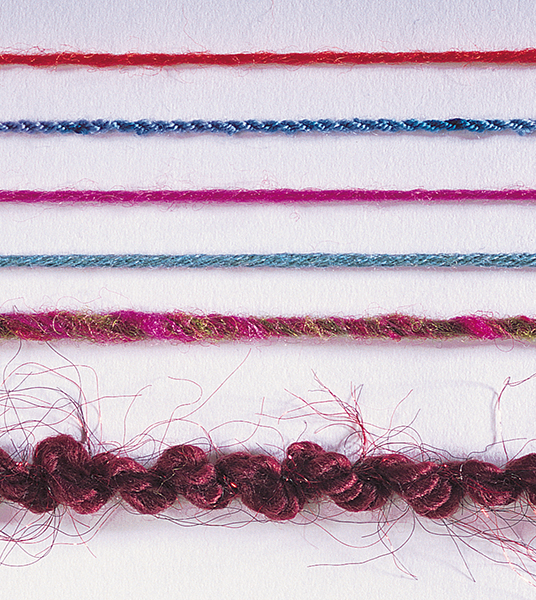
Six of the CYCAs yarn weight categories, top to bottom: super fine, fine, light, medium, bulky, super bulky
Weight
Yarn also comes in different weights, from lace to jumbo. A crochet pattern will specify the type of yarn you should use. To make the finished project look the way the designer intended, use the recommended weight.
The Craft Yarn Council of America (CYCA) has issued yarn weight standards. These guidelines organize yarn into eight weight categories. Finer yarns are well suited to baby items and other delicate pieces; bulkier yarns lend themselves to thick, heavy sweaters and afghans. If you ever want to substitute one yarn for another, make sure that it is in the same weight category.
Composition and Structure
Yarn is made of spun fibers. These can be natural, such as wool, mohair, silk, or cotton; synthetic, such as acrylic, nylon, or polyester; or a blend. Each fiber has its own characteristics. Wool, for example, is warm but not as strong as some other fibers; acrylic is durable but not as breathable as natural materials. Blended yarns can provide the best of both worlds. Creative new blendsincorporating materials such as Tencel, camels hair, even soybean fibersare being developed all the time. Mercerized cotton is thread that has been processed to preshrink it, add luster, and help it hold dye.
The word ply means how many strands are twisted together to make the yarn or thread.
The way a yarns fibers are spun determines its structure. Here are some examples:

Spiral: Thinner yarn twisted around a thicker yarn.

Chenille: Plush, velvety pile. Comes from the French word for caterpillar.

Boucl: Curled or twisted yarn held together in a way that produces small loops on the surface, giving it a kinky appearance and a springy feel.

Nubby: Two strands twisted so that one overlaps the other to produce a bumpy texture.

Slubby: A strand that is alternately thick and thin, twisted with a smooth or a bumpy second strand.

